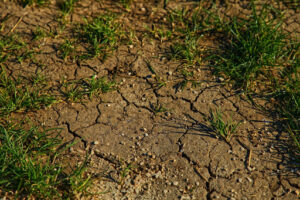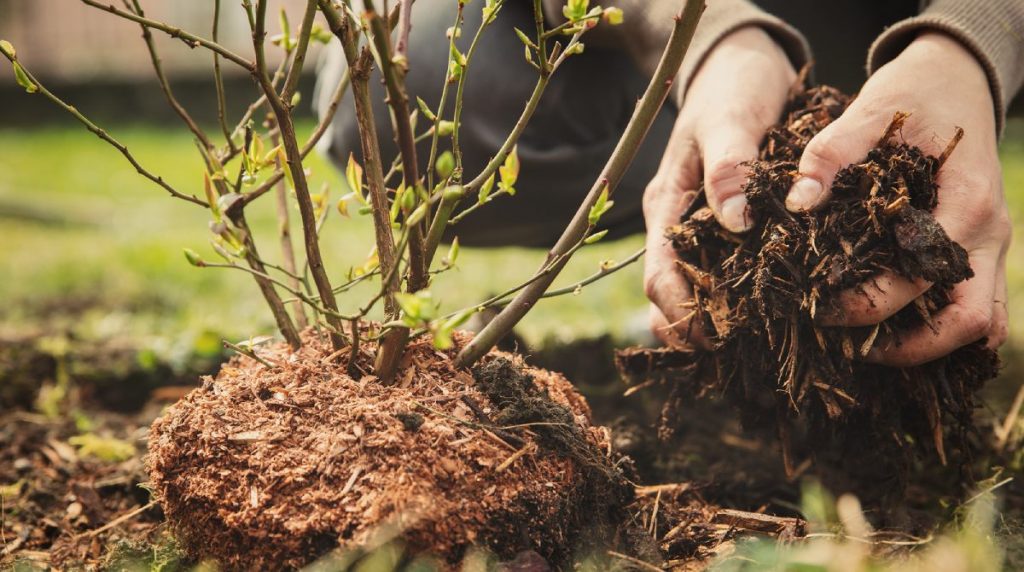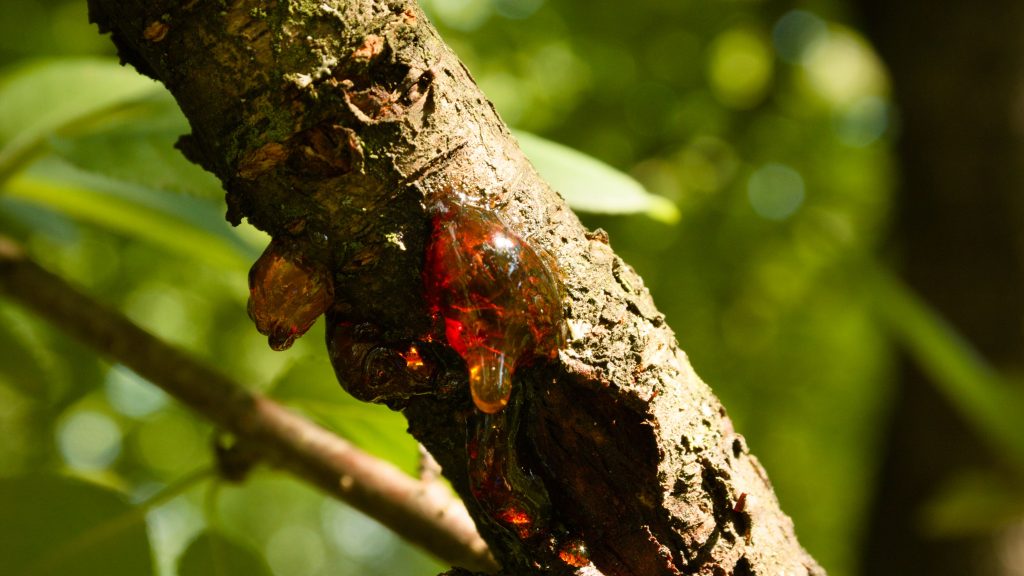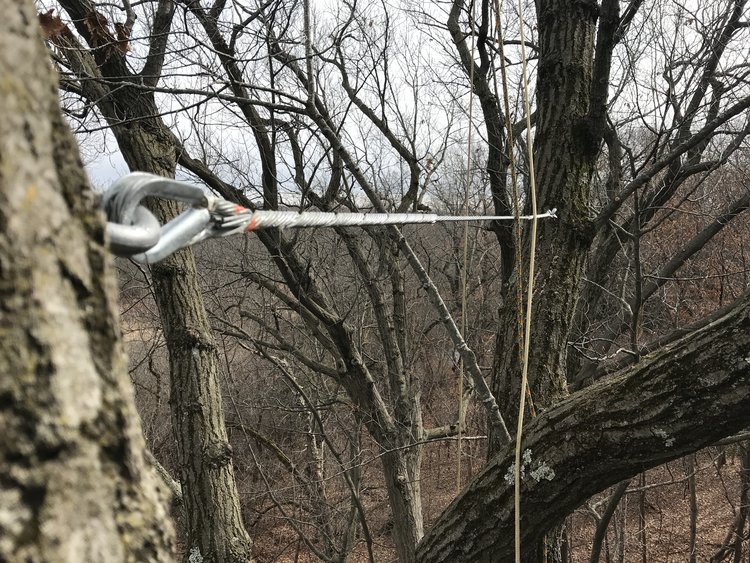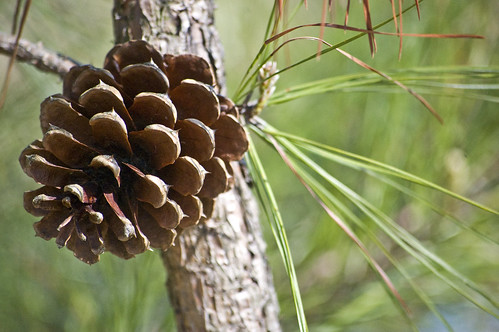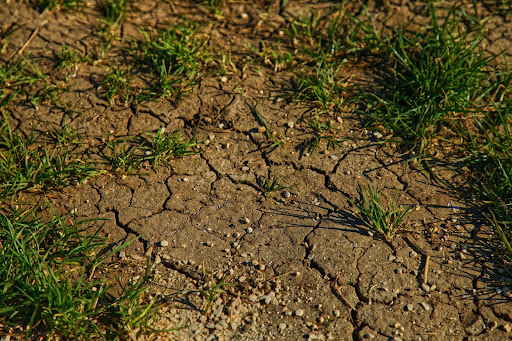
Date May 20, 2024
From nutrient-rich clays to sandy loams, the soil in Argyle, Texas, is full of diversity. While certain areas present more of a challenge than others, understanding the soil type is the first step in creating a thriving landscape. This guide offers a detailed look at the most prevalent soil types in the area and provides essential root care techniques for Argyle trees.
Identify the Soil Type
Image via Unsplash by Dave Lowe
Much like the rest of North Texas, Argyle is characterized by a diverse range of soil types, making it a fascinating and challenging area for landscaping. The three most common soil regions in Argyle are Blackland Prairie, Eastern Cross Timbers, and Grand Prairie. Here’s an overview of each type of soil:
- Blackland Prairie: Known for its dark black to light grey clay composition, this is the predominant soil type in North Texas. These clays are rich in nutrients but can be challenging to work with because of their heavy and compact nature.
- Eastern Cross Timbers: Comprised mostly of sandy loam soil, the Eastern Cross Timbers region is generally easier to manage and provides excellent drainage. This is an ideal soil type for a wide variety of trees and plants.
- Grand Prairie: More common in the western part of North Texas, Grand Prairie is a mix of clays, limestones, and silty loams, presenting a versatile but varied landscape.
All of these different soil types share one common characteristic: they’re mostly alkaline, which means they have a pH above 7. This alkalinity can influence plant health. Adding substances to the soil, such as sulfur or peat moss, can benefit species that prefer acidic conditions.
Recommended Root Care Techniques in Argyle, Texas
Here are some essential root care techniques designed for Argyle’s unique soil conditions:
- Water deeply and infrequently: To ensure healthy root development, it’s essential to water trees deeply but infrequently, especially during dry periods. Soaking the root zone from the drip line outward encourages roots to grow deeper into the soil, improving the tree’s resilience to droughts.
- Focus on proper nutrition: A soil test can determine pH and nutrient levels, allowing nutrition to be tailored to the trees’ specific needs. Adding lime or elemental sulfur helps balance the pH while fertilizers address nutrient deficiencies.
- Apply mulch as needed: Applying mulch helps protect tree roots by maintaining soil moisture and controlling erosion. Mulch acts as a protective barrier against extreme temperatures in the Texas summer while enriching the soil with nutrients and reducing the effects of pesticides.
- Space plants properly: Overcrowding can restrict access to nutrients, water, and sunlight, leading to an increase in diseases and stunted growth. Providing adequate space between plants and avoiding placing flowers or other vegetation too close to the base of trees can prevent this.
We’ve Mastered Root Care Techniques in Argyle, Texas
By following the steps above, you can nurture healthy root systems that support vibrant trees and thriving landscapes no matter where you live in Argyle. If you need professional help, TreeNewal’s certified arborists provide root care services, soil testing and evaluation, and more. Contact us today to request a quote.
